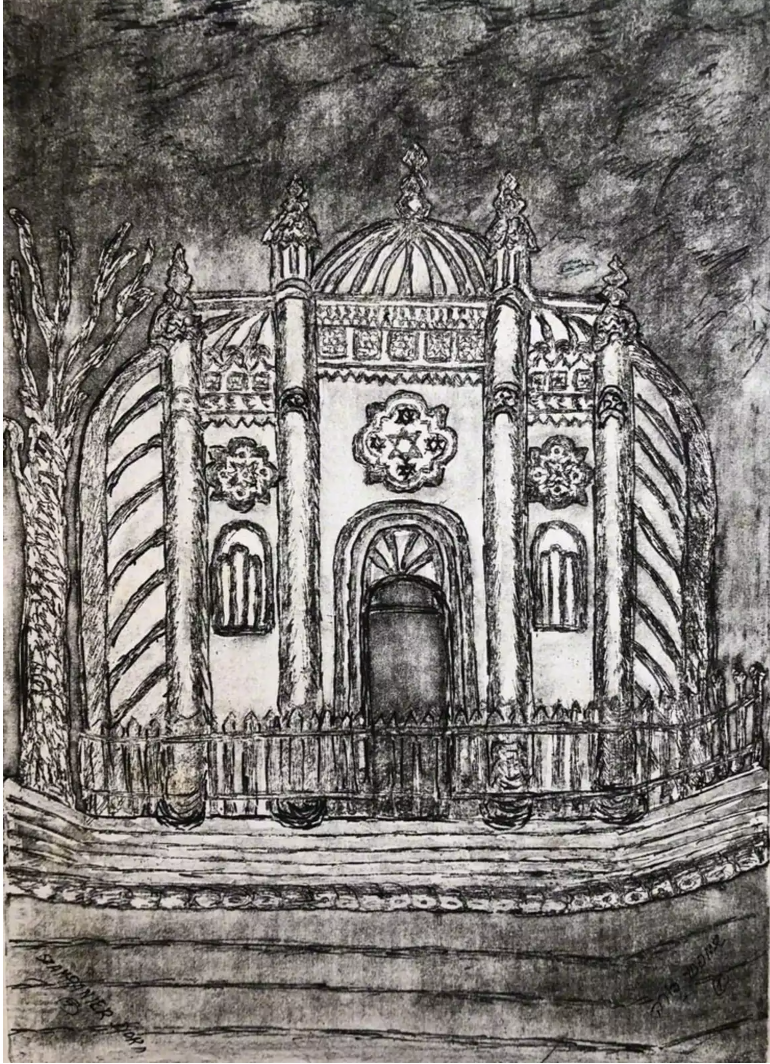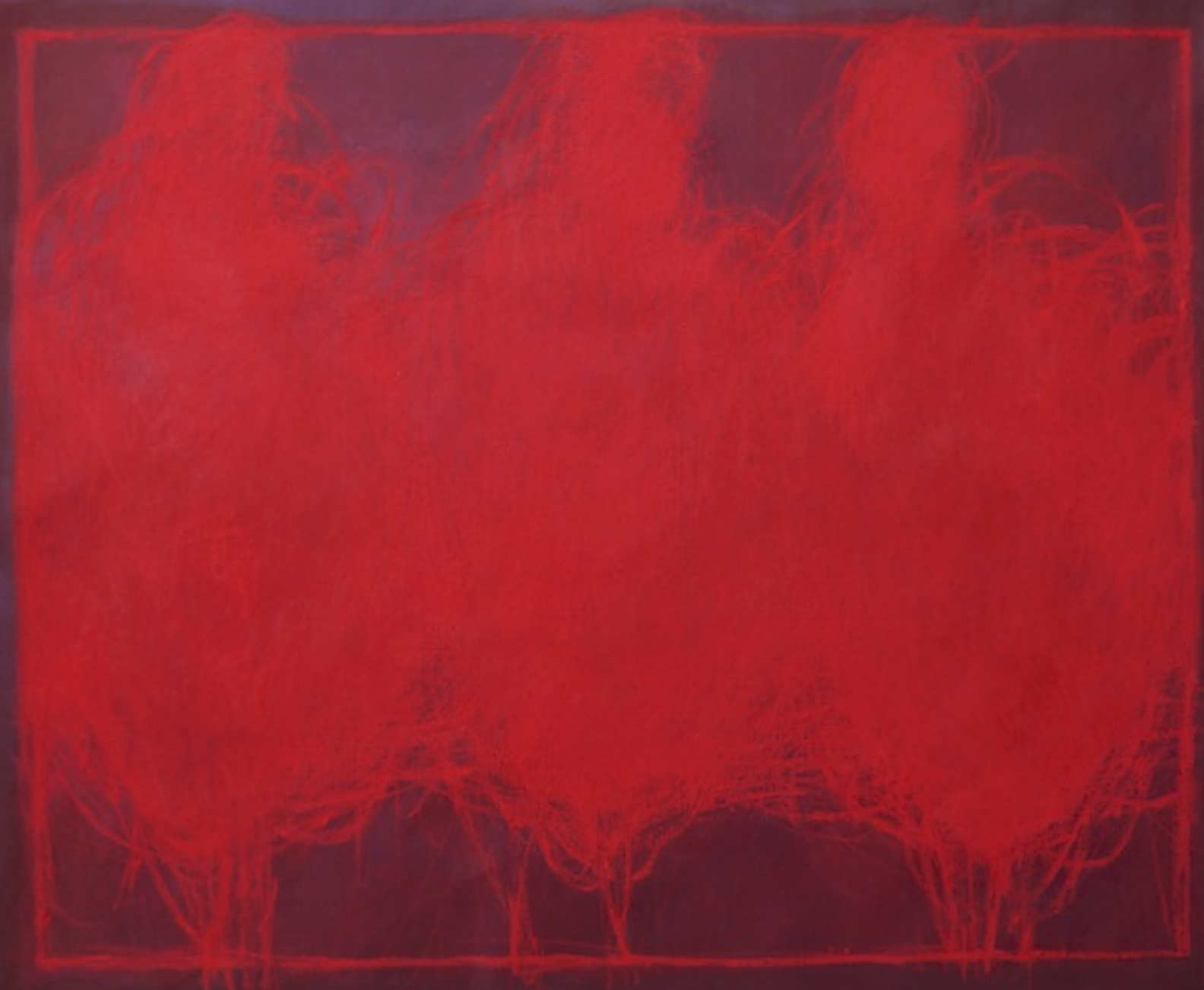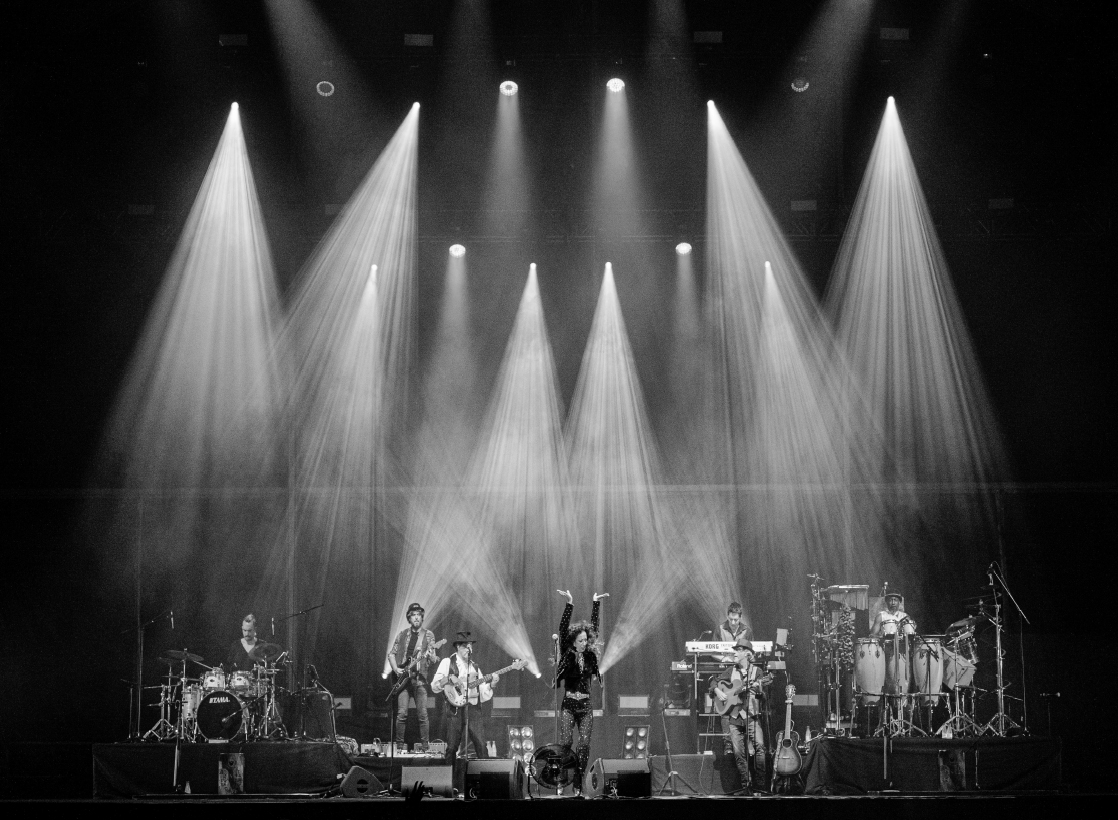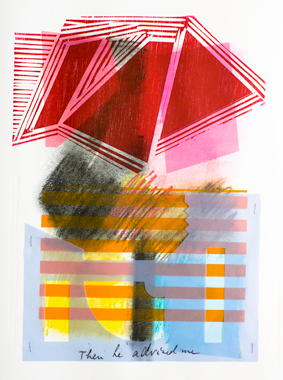contests
Climate change the protagonist of the 35th Visa Pour l'Image
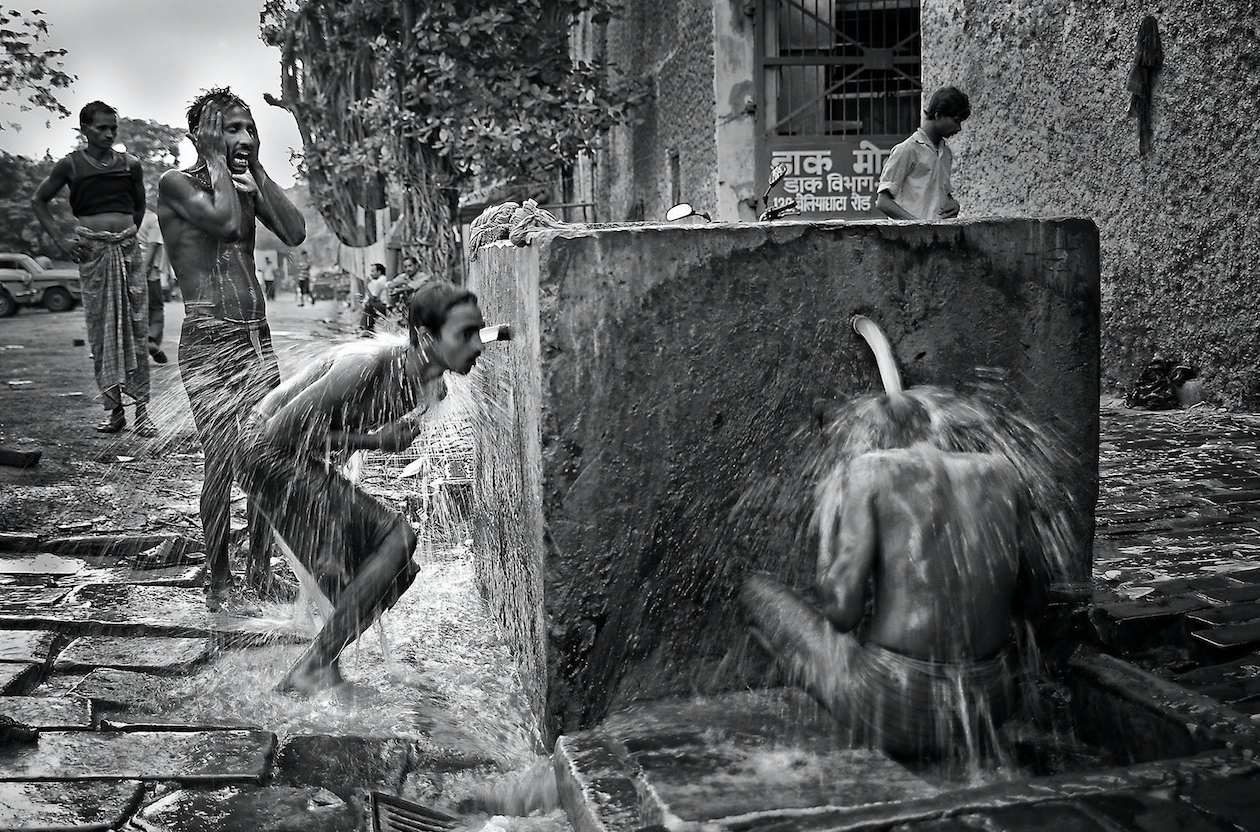
The 35th Visa Pour l'Image will focus on climate change, the consequences of extreme drought and the war in Ukraine. Within the first area, examples such as Photography of the Anthropocene by James Balog or The Day May Break by Nick Brandt stand out. Visa will also analyze the conflict in Donbass, precursor to the invasion of Ukraine, with snapshots of Dimitar Dilkoff on both sides of the war front. The festival, which will turn Perpignan into the capital of photojournalism from September 2 to 17, offers 24 exhibitions, screenings, debates and meetings with photographers. Current snapshots range from the migration crisis in the Mediterranean or the veil protests in Iran to the technological 'bubble' of Silicon Valley.
The world of photojournalism will meet again in Perpignan from September 2. From then until the 17th, the Visa Pour l'Image will once again fill the city with current images, in a festival that claims the presence of photographers in the place to explain the reality, in the face of the emergency of " generative artificial intelligences and super-realistic fake images."
The organization of the competition says it: "Why does photojournalism continue to exist? Because of the desire to see the world. The real world." "And this need and desire for reality will make the issuers of contrasting information even more indispensable than they already were," they add to the brochure presenting the 2023 edition.
This year, the Visa proposes up to 24 exhibitions distributed in different places in the center of Perpignan (among them, the Convent of the Minims or the Church of the Dominicans). They are eclectic, but what unites them is the nexus of current affairs, of recording what happens in the world through the lens of the camera. And in some cases, this theme is shared, as is the case with those illustrating climate change or the invasion of Ukraine.
Precisely, the environmental crisis and the extreme drought will focus part of this Visa. The exhibition Photography of the Anthropocene, by the American James Balog, will review how the devastating impact of climate change has affected people and natural resources (melting glaciers and bringing hurricanes and fires increasingly violent). With Water, the British Ian Berry will bring the public closer to the way humanity has interfered with river courses, and the impact it has left for local populations around the world.
The Day May Break ('The Day May Break') by the Englishman Nick Brandt will show part of the series of portraits, in which the photographer is still working, which shows how the degradation of the environment affects people and animals. In this case, in Bolivia, Zimbabwe and Kenya. From Africa also come the snapshots 'Without water, we die', which the photojournalist Gilles Clarke took for the United Nations and 'The New York Times', showing the massive displacements that the historic drought has caused in Somalia.
And with Farewell to Jean-Charle Island, the French photographer Sandra Mehl will put herself in the shoes of those who have already been officially considered the first climate refugees in the United States: the inhabitants of this remote island Louisiana, which as a result of sea level rise has already lost 98% of its surface.
From Donbass to Bakhmut
The invasion of Ukraine will also be the focus of two of the 24 exhibitions on view at this 35th Visa. The first, by the photographer of the France Presse agency (AFP) Dimitar Dilkoff will analyze the conflict in the Donbass, from the annexation of Crimea by Russia, and the outbreak of the war (with images from both front line).
The second exhibition, by photojournalist Tyler Hicks of 'The New York Times', focuses on the destruction of Bakhmut, and on the fierce battles that have been fought in the city, turned into an "emblem of sacrifice" by the "unjustified" invasion " of Ukraine by Russia.
Migrations, Iran and Silicon Valley
True to its essence, the Visa Pour l'Image will focus on showing what is happening in the world, with snapshots of current events ranging from the migration crisis in the Mediterranean, where more than 20,000 people have died in its waters while Europe "strengthens itself", until the protests in Iran following the death of Masha Amini, the young woman who was tortured by the morality police after she was arrested for wearing the Islamic veil incorrectly.
The exhibition catalog also includes photographs on the technological 'bubble' of Silicon Valley, cocaine trafficking in Colombia, the deterioration in Afghanistan after the rise of the Taliban to power, the disappearance of Asian elephants, the consequences that it has had the ban on abortion in the American state of Ohio or the emergence of a movement following Donald Trump made up of white nationalists in the United States.
The virtual Visa
As every year, the exhibitions will be complemented by screenings (from 4 to 9 September), debates, a round table on the challenges posed by artificial intelligence and meetings with photographers. During the contest, the prizes - Visa Gold - will also be awarded, which recognize the best photojournalism works. And when the face-to-face Visa Pour l'Image closes, there will still be weeks open to schoolchildren (from September 18 to 29) and online exhibitions (which will run until the end of the month).





